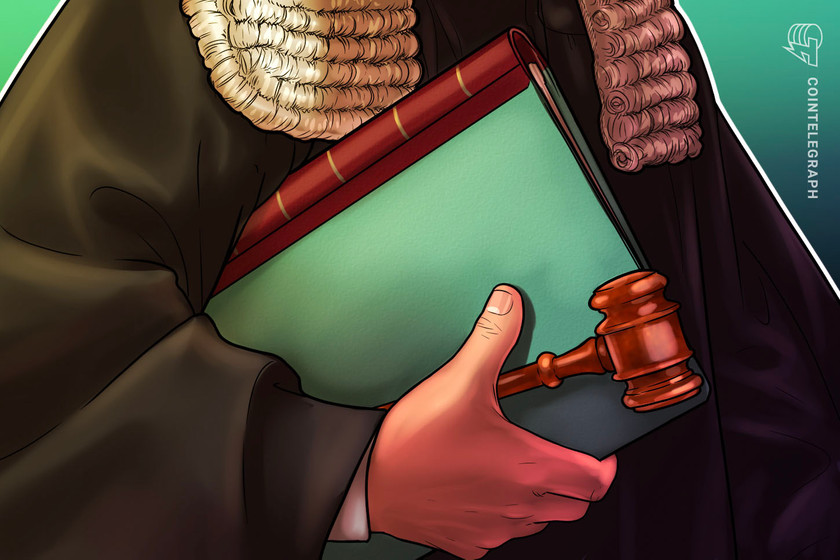California regulators order MyConstant to cease crypto-lending services


The California DFPI warned in July that it would be cracking down on crypto interest account providers in the state.
The California Department of Financial Protection and Innovation (DFPI) has ordered crypto lending platform MyConstant to cease offering a number of its crypto-related products over alleged state securities law violations.
The DFPI stated in a press release on Dec. 21 that it has ordered MyConstant to “desist and refrain” from offering its peer-to-peer loan brokering service and interest-bearing crypto asset accounts, which it says are in violation of the California Securities Law and California Consumer Financial Protection Law.
The DPFI alleged that MyConstant’s offering and selling of its peer-to-peer lending service called “Loan Matching Service” violates one of the state’s financial codes.
It also alleged that MyConstant engaged in “unlicensed loan brokering,” as the platform induced lenders to lend without proper licenses.
The regulators also had a problem with the crypto lender’s fixed interest-beating crypto asset products, whereby a customer deposits crypto assets (such as stablecoins and fiat) and is promised a fixed annual percentage interest return.
It said that these were examples where MyConstant offered and sold unqualified non-exempt securities.
In July, the regulator said it was investigating multiple crypto interest account providers to determine whether they are “violating laws under the Department’s jurisdiction.”
DFPI first announced it was investigating MyConstant in a press release on Dec. 5, stating that MyConstant is “not licensed” by DFPI to operate in California.
Related: California regulator investigating crypto interest accounts
The recent action comes only a month after the California-based company appeared to have fallen into hard times, announcing on Nov. 17 that “rapidly deteriorating market conditions” prompted heavy withdrawals and that it was “unable to continue to operate our business as usual.”
The platform at the time added that it had limited its business activity, including pausing withdrawals, and that “No deposit or investment request will be processed at this time.”
The platform has been providing users with updates on its website since then, including an updated plan sent to users on Dec. 15 which includes a financial overview, liquidation schedule, estimated recovery and next steps.
At the time, the platform said it will continue to administer its crypto-backed loans, including ensuring borrower compliance, processing loan repayments, returning borrowers’ collateral (when their loans are paid in full), and liquidating borrowers’ collateral in the event of default.

























